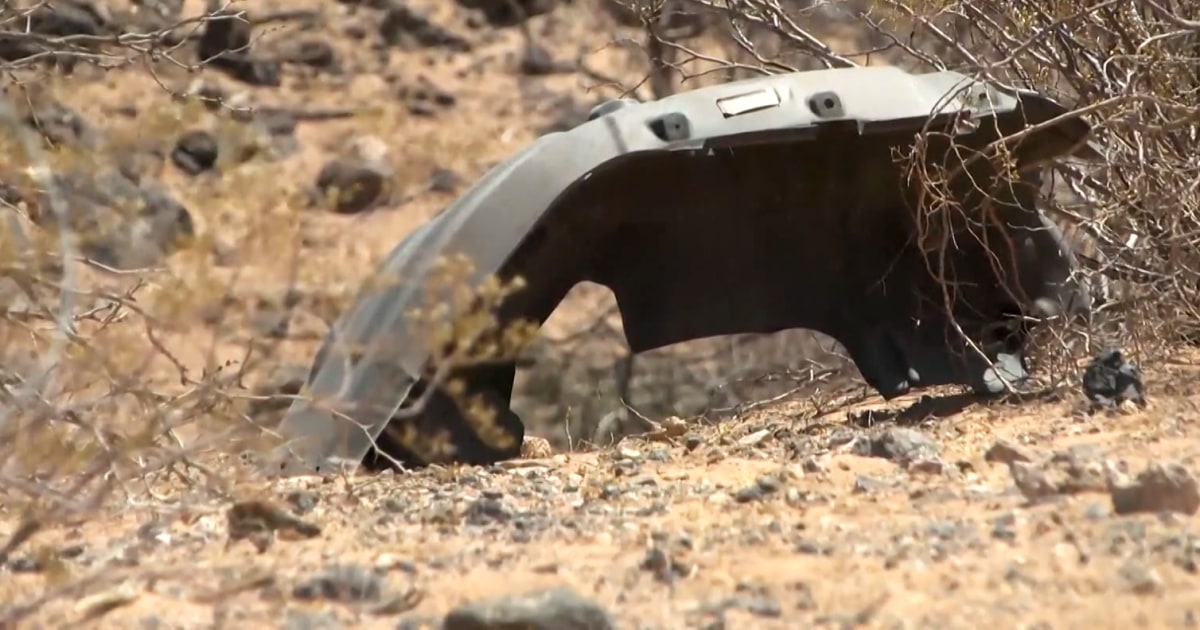Tragedy on Duty: Two U.S. Service Members Killed in Border Vehicle Accident
Two U.S. service members stationed along the U.S.-Mexico border died in a vehicle crash near Las Cruces, New Mexico, on Tuesday, May 21. The accident occurred during routine operations, highlighting the often-overlooked risks military personnel face in non-combat roles. The Department of Defense has launched an investigation into the incident, which marks the latest in a series of fatal accidents involving border deployment personnel.
The Incident and Immediate Aftermath
The service members, whose identities remain undisclosed pending family notification, were part of Operation Guardian Support—a mission deploying National Guard troops to assist Border Patrol. Preliminary reports suggest their military vehicle overturned on a remote stretch of Highway 185, approximately 30 miles north of the border. Emergency responders arrived within 45 minutes, but both soldiers succumbed to their injuries.
Colonel Mark Davidson, a spokesperson for the New Mexico National Guard, stated: “This loss devastates our tight-knit community. These soldiers were committed to protecting our nation, and their sacrifice underscores the dangers inherent in even routine deployments.” The crash site, described as a “high-risk transit zone” with uneven terrain, has witnessed three similar rollover incidents since 2020.
Safety Concerns in Non-Combat Military Operations
While combat zones dominate discussions of military fatalities, data reveals that nearly 30% of active-duty deaths between 2010-2022 resulted from accidents during training or support missions, according to a Congressional Research Service report. Border deployments present unique hazards:
- Unfamiliar desert terrain with limited infrastructure
- High-speed chases involving migrant smugglers
- Extended shifts leading to fatigue-related errors
Dr. Elena Rodriguez, a military safety analyst at the Rand Corporation, notes: “Border operations require specialized vehicle training that many personnel don’t receive. A Humvee handles differently on loose gravel than on paved roads, yet we often see abbreviated adaptation periods.” Her 2023 study found border-deployed units had 22% higher accident rates than stateside counterparts.
Broader Implications for Border Security Missions
This tragedy reignites debates about the military’s role in border security. Since 2018, over 5,000 National Guard troops have cycled through border support missions under both Trump and Biden administrations. Critics argue these deployments strain resources without addressing systemic issues:
- Insufficient interagency coordination between military and CBP
- Inconsistent safety protocols across state National Guard units
- Inadequate mental health support for personnel in isolating postings
Representative Veronica Escobar (D-TX), whose district includes multiple border sectors, has called for “immediate safety reviews and proper equipment allocations” following the crash. Meanwhile, border security advocates contend such accidents, while tragic, shouldn’t deter necessary military support for overwhelmed Border Patrol agents.
Honoring the Fallen and Moving Forward
The Pentagon will conduct a full Line of Duty Determination (LODD) investigation, expected to take 60-90 days. Key focus areas include:
- Vehicle maintenance records
- Road conditions at time of accident
- Personnel training certifications
Families of the deceased will receive full military honors and benefits. Meanwhile, the New Mexico National Guard has temporarily grounded similar vehicle operations pending review. This mirrors actions taken after a 2021 Texas National Guard crash that killed four soldiers during border surveillance.
As sunset paints the Organ Mountains near the crash site gold, local residents have begun leaving flowers at a makeshift memorial. For border communities accustomed to seeing uniformed personnel at gas stations and checkpoints, the loss hits particularly hard. “They’re our neighbors first, soldiers second,” says Las Cruces mayor Ken Miyagishima.
What Comes Next for Border Deployment Policies?
This incident will likely influence ongoing discussions about:
- Standardizing safety training for all border-deployed units
- Increasing use of drones and sensors to reduce risky patrols
- Reevaluating vehicle requirements for desert environments
The House Armed Services Committee has scheduled a June hearing on military border operations, where this accident will undoubtedly feature prominently. For now, flags fly at half-mast across New Mexico military installations, a somber reminder that service risks persist far from traditional battlefields.
Call to Action: Readers wishing to support military families can contribute to the National Guard Memorial Foundation or contact their representatives about improved safety measures for border deployments.
See more NY Times Report



